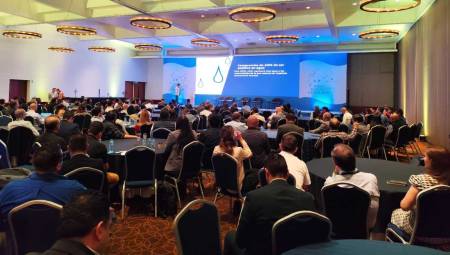A rain, wind and light detector is a domestic device that allows you to perform tasks such as raising and lowering blinds, collecting or laying awnings, opening and closing windows, even when there is no one at home.
The wind, rain and light sensor is composed of three different sensors, each capable of detecting the presence of one of these weather phenomena.
The wind sensor has the impulses coming from a wind turbine. This turbine emits a certain amount of pulses per rotation. These pulses are recorded by means of a pulse counter cable that is connected to the Bus terminal, which evaluates them internally, as dictated by the programming.
The rain sensor performs a calculation of the ohmic resistance that occurs between both metal contacts of the sensor. When a modification in the resistors occurs, the power-free contact is closed and evaluated in the integrated module of the Bus, by means of a converter.
The light sensor is able to calculate the intensity of the current light using a photographic element. The Bus module records the measured values and provides them with the corresponding control commands. It can record a spectrum of up to 5 light levels and each can be provided with different commands.
Description and application of the rain, wind and light detector
The weather station consists of a light sensor, a rain sensor and a wind sensor, in addition to all the necessary connections, sensor inputs and Bus modules.
The programming of the Bus module is done using software systems.
The components are located in two protected boxes. The rain and wind sensors are connected by two cables. The rain sensor allows to regulate its sensitivity by means of a potentiometer that has built-in.
This detector is a meteorological station that allows the control of any functional procedure system (window, blind, awning, gate), according to the climate of each moment.
The rain sensor needs maintenance, it is necessary to clean its contacts with some frequency.
Among the advantages of using these sensors are the environmental ones, which allows to efficiently detect rain, luminosity and winds, which allows to avoid energy and water waste. This also results in an economic gain, since it decreases electricity and water bills, in addition to protecting the different spaces of the home. It also allows to avoid unnecessary watering. In case of torrential rains or strong winds, it allows to protect the sensitive areas of the house and the integrity of the people, animals and plants that occupy it.
Authors: admin














